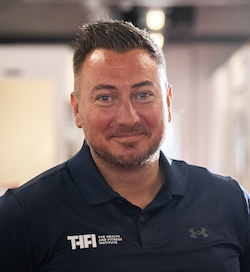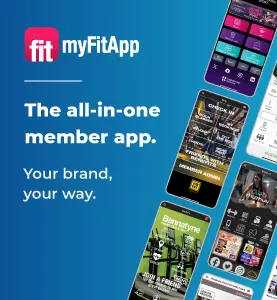Around one-third of people who are severely overweight show no sign of typical metabolic problems. They’re known as the ‘healthy obese’ and, in spite of their extra pounds, they don’t have high cholesterol, their blood pressure isn’t elevated and they don’t show any signs of diabetes. So why is this?
A new study* published in the October edition of Diabetologia suggests that impaired mitochondria may be the key to maintaining their metabolic form, with an un-fatty liver a key biomarker.
Twin tests
Researchers at the University of Helsinki in Finland based their study on 16 sets of identical (monozygotic) twins as it enabled them to take the impact of genetics, as well as other environmental factors, into account.
The twins, aged between 23 and 36 years, were picked because in each case one twin was obese and the other lean. In half of the pairs, the obese twin was as metabolically healthy as their lean twin – meaning they fell into the healthy obese bracket. In the other eight pairs, the obese twin had all the hallmarks of an unhealthy obese person – high blood pressure and cholesterol levels, and increased blood sugar and insulin.
In both halves, the average weight difference between the twins was the same (40lbs). However, extensive tests showed vast differences in their fat tissue.
The researchers found the unhealthy obese twins had malfunctioning mitochondria – the parts of cells that harvest energy from food. They also had a lower level of new fat cells (it’s believed having impaired mitochondria restricts the growth of new fat cells) which puts pressure on the cells that do exist, so they eventually die. Before they die, however, they become inflamed and fat is shuttled into parts of the body where it doesn’t belong, such as the heart and other organs.
In comparison, the healthy obese twins with fully functioning mitochondria had more new fat cells. In addition, their fat settled under the skin rather than around organs, and also accumulated around the thighs as opposed to the abdomen.
Liver biomarker
Another finding was that the unhealthy obese twins had significantly higher liver fat (around seven times higher). Study lead Dr Jussi Naukkarienen told the New York Times: “The group who don’t gain fat in the liver as they get obese seem to avoid inflammation and maintain their metabolic health. There is a complete difference in how they react to obesity.”
Naukkarienen’s findings back up the work of colleague Hannele Yki-Järvinen, who has demonstrated that non-alcoholic fatty liver disease determines whether an overweight person develops metabolic disorders. Yki-Järvinen points to insulin resistance: when the liver gets fatty, insulin can’t regulate the amount of sugar and fat that the liver secretes into the blood.
Growing risk
The new report warns, however, that healthy obese people – already a minority – may not stay that way. Other studies have shown that the ‘healthy obesity’ stage is more common in younger adults, and the condition could worsen with age or advanced obesity.
Yki-Järvinen is keen to conduct further studies on how diet can induce fatty liver disease, while Naukkarienen says future studies could focus on potential drugs “with the most effective intervention point perhaps being improving mitochondrial function and prevention of inflammation in adipose tissue”.























































